Nostalgic photos of Hanoi on exhibition
Opening from October 3 to November 15, the exhibition presents the viewers honest documentary pictures of Hanoi from 1967 to 1975, sincere and unadorned.
Some 130 extraordinary photos featuring Hanoi in the period of 1967 to 1975 by world-renowned German photographer Thomas Billhardt, are being showcased at an exhibition that opened this weekend, Tuoi Tre Online reported.
The collection “Hanoi in 1967- 1975” through the lens of Thomas features the joyful moment of welcoming a child born in the wartime, the captured American pilots in the camps, the crowds bicycling in the rain, the outdoor drawing classes with barefooted pupils, the innocent happy faces of children, the iconic stadium with football crowds lost in passionate cheers.
| A Hanoi street in 1975 - Photo: Thomas Billhardt |
Open from October 3 to November 15, the exhibition presents the viewers honest documentary pictures of Hanoi from 1967 to 1975 when Vietnam was still at war, sincere and unadorned.
“Hanoi in 1967- 1975” by Thomas carves out its own realm of memory where the capital city appears in all its various expressions of this time.
These visual notes create a symphony about life steeped in the hardship of war but brimming with care and love. All Billhardt’s photos are in black & white and in color taken during his six trips to Vietnam in the period.
“It is full memory of Hanoi. Everything is like an anthem that meticulously paints local residents’ life of hardship but full of love," said writer Do Phan, an old Hanoian.
Phan added that Hanoi people have taken many photos of the capital city, but surprisingly, there have not been such a complete set of daily photos.
"Billhardt’s photos held up a mirror to the world while at the same time strengthening hope. They tell of the world’s social inequalities, of poverty, of suffering, of war, but also of the life and laughter of the people who live in it," said Wilfried Eckstein, director of the Goethe Institute in Hanoi.
The Goethe Institute has coordinated with photographic journal Camera Work, Nha Nam Publishing House, and Manzi Art Space to organize the exhibition.
The exhibition opens from 10:00 am to 7:00 pm daily, except for Monday, at No.2 Hang Bun street and No.14 Phan Huy Ich street, Ba Dinh district, Hanoi. The entry is free.
A photo book “Hanoi in 1967-1975” published by the Goethe Institut and Nha Nam Publishing House will be launched during the exhibition with a series of talks and film screenings.
The followings are some photos displayed at the exhibition:
Bomb shelter in 1968. Photo: Thomas Billhardt |
An old house in Hanoi in 1975. Photo: Thomas Billhardt |
Hang Dao street in 1975. Photo: Thomas Billhardt |
A train on Hanoi’s streets in 1975. Photo: Thomas Billhardt |
Chi Linh flower garden 1975. Photo: Thomas Billhardt |


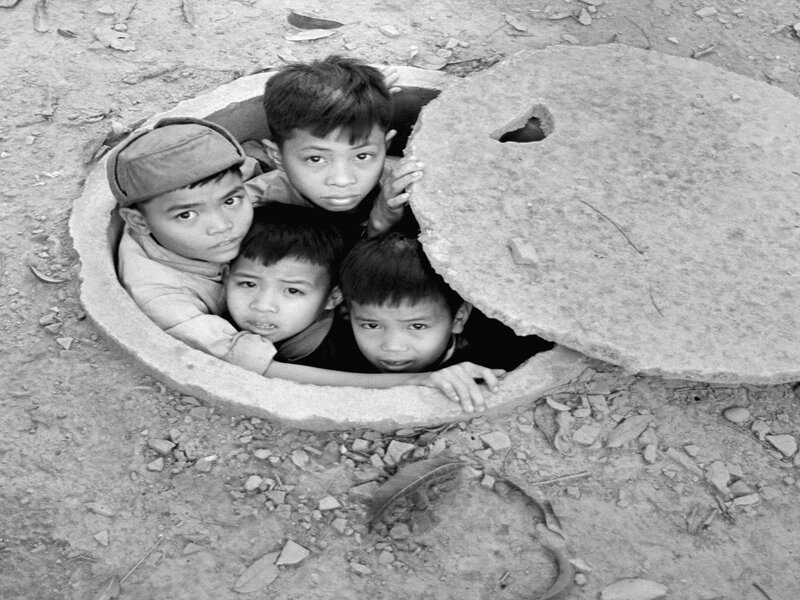
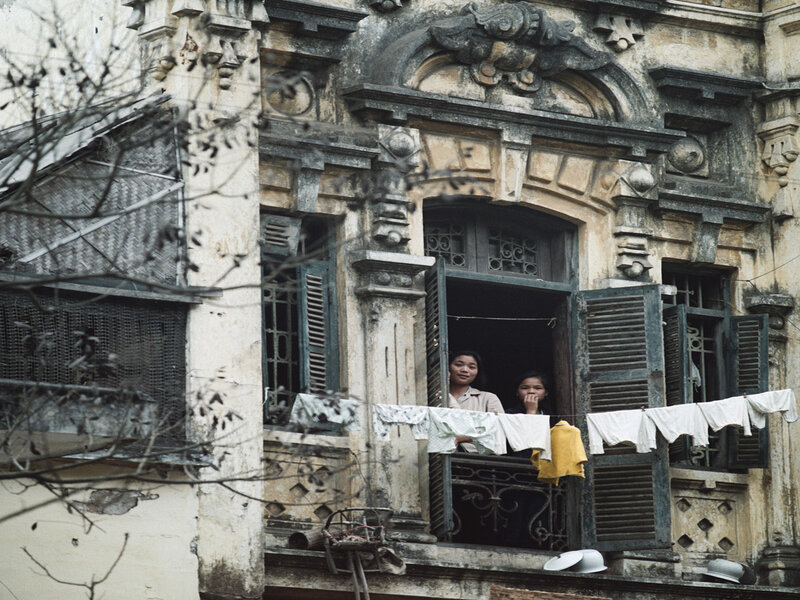
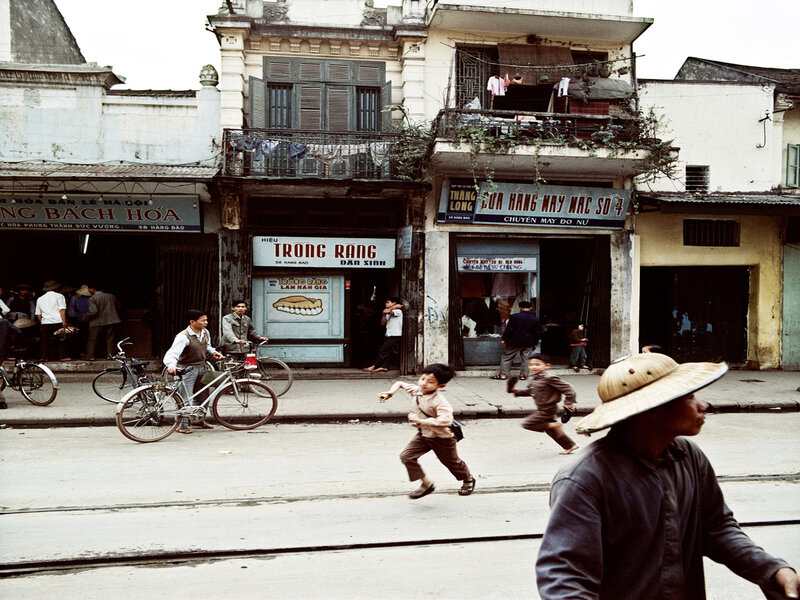
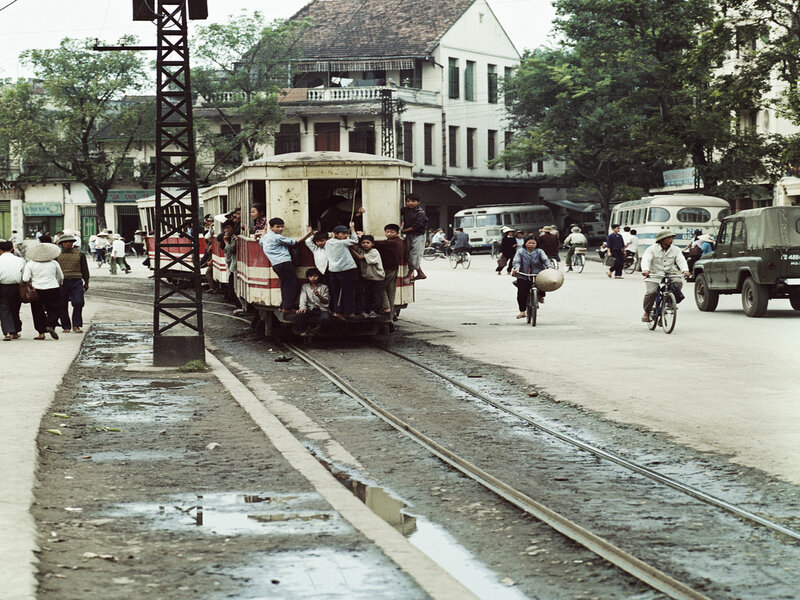
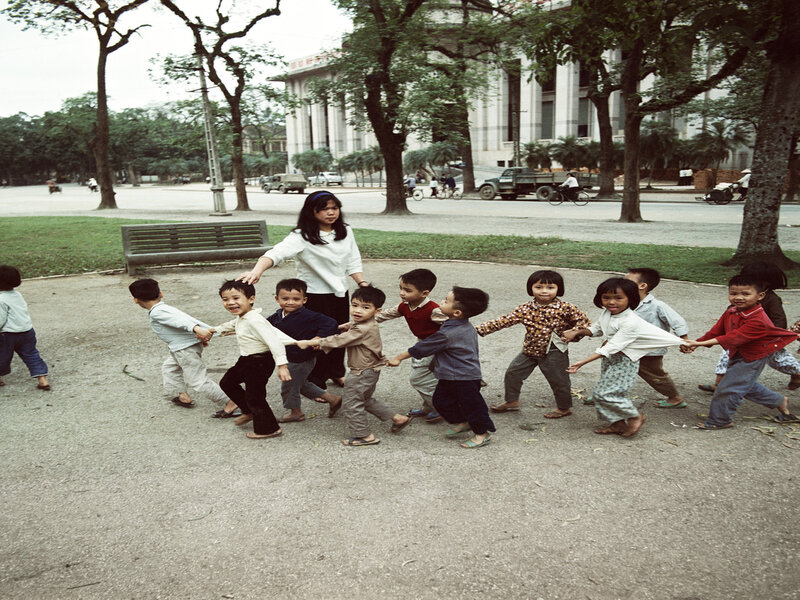









-1742835388.jpg?w=480&h=320&q=100)